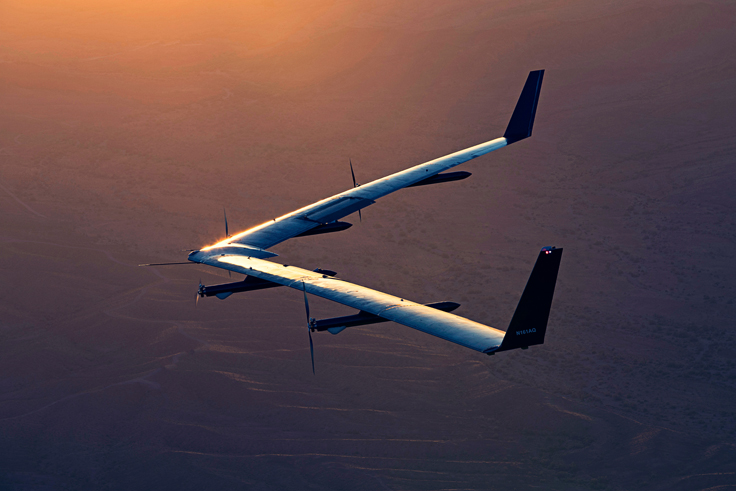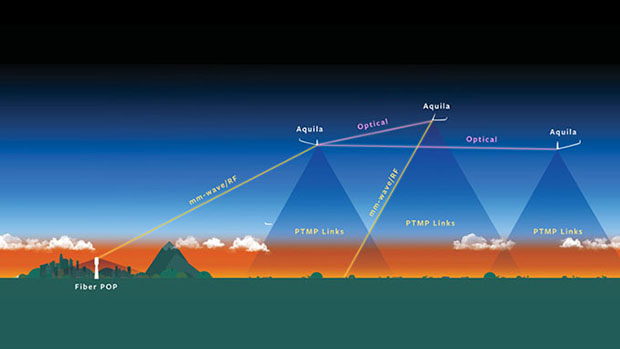Beside their initial use started with surveillance and military applications, drones have gained the ground in the commercial markets. They have become an integral part of several applications such as traffic monitoring, industrial inspection, and aerial imaging. More recently, drones have demonstrated many potentials in providing wireless communication and expanding network coverage. Indeed, when equipped with the required radio access technologies (RAT), drones can operate as flying base stations and provide network connectivity to ground devices from height. These vehicles are fast to deploy, easy to maneuver, and offer better communication channels due to the use of short-range line-of-sight links. Such applications are particularly interesting to extend network coverage to rural areas or to establish temporary coverage in zones where ground network infrastructure might fail or is simply not available. This has been translated into several industrial projects that are boosting the development of the concept of ‘drone-aided network communication’. In 2016, the Finnish communication company Nokia together with the UK mobile operator EE have shown a proof-of-concept using mini mobile bases station carried by drones. The latter flying at between 30-35m were able to provide 4G coverage over a radius of 5km, achieving real-time video streaming up to 150Mbps throughput.

Among the projects on ‘drone-aided network communication’, Facebook and Google are leading the biggest ones. Aquila project is a solar-powered drone developed by Facebook for use as relay base station from the sky. By flying a fleet of drones together at 18,288m of altitude and staying aloft for months at a time, the project will provide Internet access to 4 billion people around the world who do not have this opportunity, wrote the Facebook founder Mark Zuckerberg.
Aquila drone has a longer wingspan than a Boeing 737. It is made of a carbon fiber so the whole weight is less than 1,000 pounds. The solar power system allows collecting the enough energy during the day to keep the drone running in the dark. The first test flight took place in June 2016 after two years of development. As reported by Facebook, Aquila will rely on lasers to transfer data more than 10 times faster than existing systems.


Google has also its project to provide Internet from flying drones. In 2014, Google bought a company called Titan Aerospace that develops solar-powered drones. Like Facebook, Google planned to use 5G technology to provide Internet to wide areas. However, it was reported that Google has ended this project.
On the other hand, it has another project with the same mission, known under the name project Loon. It aims at building a network of balloons 20km up the atmosphere designed to extend Internet connectivity to rural and remote areas. The different wind layers in the atmosphere are exploited to direct the balloons to the desired areas. The eNodeB is carried in the balloon which can provide connectivity to an area of 80 km of diameter. Each balloon is also solar-powered to keep the different component running even during the night.
/cdn.vox-cdn.com/uploads/chorus_image/image/48681987/titan-aerospace-drone-google.0.0.jpeg)
